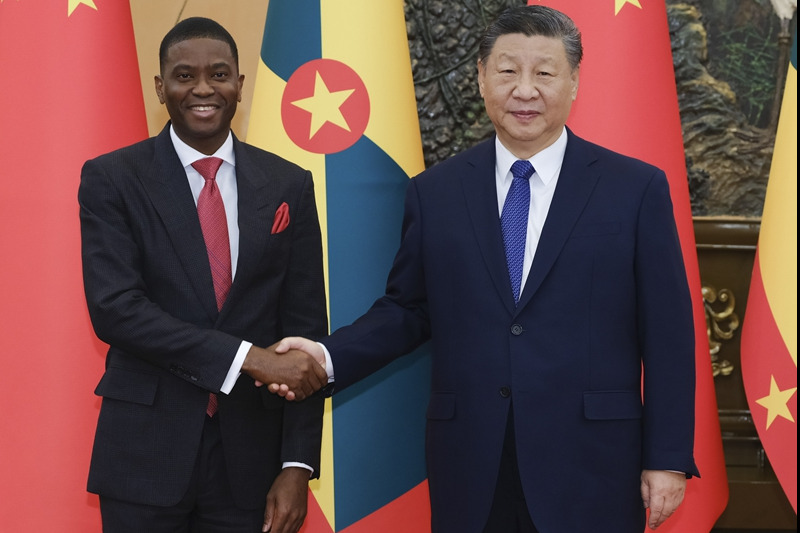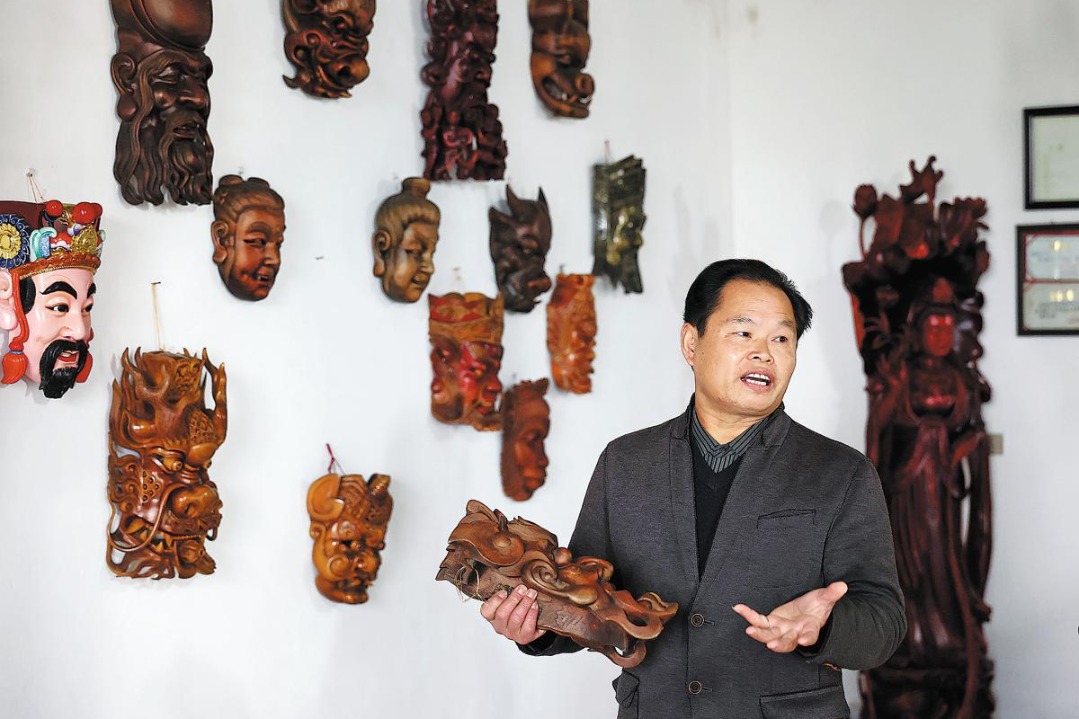Renowned scientist passes away at age 91

Wang Yongzhi, one of the most renowned rocket scientists in China who played a leading role in the country's manned spaceflight endeavors, died of a heart attack on Tuesday at age 91.
Born into an impoverished farmer's family in Changtu county, Liaoning province, in November 1932, Wang was the fifth of seven children.
At age 7, he became the first person in his family to attend school. He studied very hard and was deemed by his teacher as a truly gifted student.
Once he reached middle school, his studies were interrupted due to his family's inability to pay tuition fees as well as disruptions from the War of Liberation (1946-1949).
Thanks to a teacher's assistance, Wang was able to complete his studies and achieved high marks.
In 1949, he joined the Communist Party of China.
Upon graduating from middle school in Shenyang, capital of Liaoning, in 1952, Wang was admitted to Tsinghua University's aeronautics department to learn how to design combat aircraft.
One year later, Wang was selected to study in the former Soviet Union. He attended a Russian language training class at another university in Beijing before departing.
In 1955, he arrived at the Moscow Aviation Institute to study aircraft design. However, two years later, Wang changed his major after learning that China needed some students to learn how to design carrier rockets and ballistic missiles.
In the summer of 1961, Wang graduated from the Moscow institute and returned to China. He was assigned to the Ministry of National Defense's Fifth Academy — now known as the China Academy of Launch Vehicle Technology — to begin his career as a missile designer.
At the academy, Wang took part in the research and development of six types of ballistic missiles, including the DF-2, China's first domestically developed ballistic missile, and the DF-22, a long-range ballistic missile model whose development was later abandoned.
Most notable was his role as the deputy chief designer of the DF-5, China's first intercontinental nuclear missile that remains one of the nation's strategic deterrence pillars.
Wang also participated in the design of two carrier rocket models, laying the groundwork for China's future spacefaring ambitions.
In 1978, he was given a prominent position at the general design department of the China Academy of Launch Vehicle Technology.
He was named deputy head of the academy in 1980 and then became its president in 1986.
As president, the scientist guided the design and production work of new types of missiles and rockets and also played a leading role in Project 863, which was a national high-tech project launched in November 1986.
In 1991, Wang was promoted to deputy head of the former Ministry of Aerospace Industry's science and technology commission. There, he was the chief designer of a number of rockets and missiles.
The following year, he was named the first chief planner of Project 921, which launched the nation's manned space program.
In 1994, Wang was transferred to the former Commission for Science, Technology and Industry for National Defense and was given the military rank of major general. He was also elected one of the founding academicians of the Chinese Academy of Engineering that year.
He led the planning and implementation of China's manned space endeavors for 15 years before retiring in 2007.
Under his leadership, the country succeeded in its first manned spaceflight, established a robust research and manufacturing infrastructure for manned space programs and trained a large group of skilled spacecraft researchers and engineers.
For his valuable contributions to China's space program, Wang received the nation's top science and technology award in 2003.
- Ministry strengthen efforts to trace missing or abducted Chinese abroad
- German professor receives entity card in Guangzhou
- Taiwan's risk in leaning on US exposed, mainland spokesman says
- China's second domestically-made cruise ship marks major milestone
- Cross-Strait winter camp promotes friendship and cultural understanding
- Govt intensifies fight against sci-tech misinformation





































